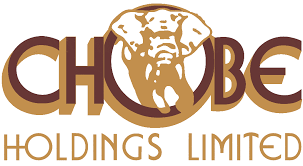Chobe Holdings Limited (BSE: CHOBE), referred to as “Chobe’s” for the remainder of this writeup, is a high return on capital business that owns and operates ecotourism lodges in Botswana. Revenues fo…
Keep reading with a 7-day free trial
Subscribe to Possible Value Research to keep reading this post and get 7 days of free access to the full post archives.


